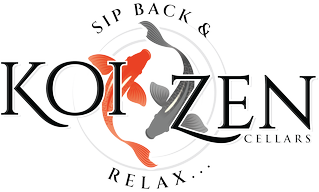Review:
Last week we talked about how are we going to take 8 barrels of Cabernet Franc and figure out what went into bottles, on tap, and what was going to be used in a future blend.
In review: the first two barrels were easy drinkers with slight bell pepper notes, barrels 3-6 and 8 were all very similar and barrel 7 was most typical of a Cab Franc.
Conclusion:
In the end, we decided to blend barrels 3, 4, 5, 6, and 8 and prepare those for the bottle. Barrel 1 is now on tap (and is getting tapped very hard) and barrels 2 and 7 went back into storage waiting to be blended.
Last Sunday, we bottled the 5 barrels and produced 112 cases of wine that are now being bottle conditioned and will probably be released in a few months.
This exercise was actually very easy – we only had to deal with one varietal: all from the same vineyard, picked the same day, and processed the same way. But why blend wine at all? The short answer is to create complexity and interest.
Neighbors:
There is an old expression that says “what grows together, goes together” and this is so very true when it comes to both wine and food pairing or blending wines. Each different grape varietal likes a specific climate; varietals of the same region tend to be blended together. For example, Cabernet Sauvignon is often blended with Merlot or Cabernet Franc which all grow very well in the Bourdeaux region of France.
Our next blend will probably be a Saint-Émilion style blend which is Cabernet Franc and Merlot based often with touches of Petite Verdot and Malbec. (all of which grow under the same conditions). However, just because varietals grow together, they don’t necessarily blend well together.
Art:
Everyone can paint a wall, but very few can paint a portrait. Even though everyone has access to the same raw materials, how those parts work together is where the Art of the craft becomes apparent. The same is true for wine blending – how to mix those parts together to create something, hopefully, greater than the parts.
The general process is fairly straightforward – you try. You take a little of this and a little of that and see what happens when they are combined – how do they integrate, complement, and contrast. What does each wine bring to the party? Is anyone screaming, or is everyone having a good time? Is it a loud party, or a quiet romantic party? Who forgot the dip and who brought too much spice?
While this general process does work – often a more structured approach is required and we will get into that next week when we begin to evaluate who brings what to the party; it’s just like arranging a dinner party of friends (or a group to come to the winery and hang out together)
Cheers,
P.S. Drop me a comment if you are interested in helping us make our blends.
